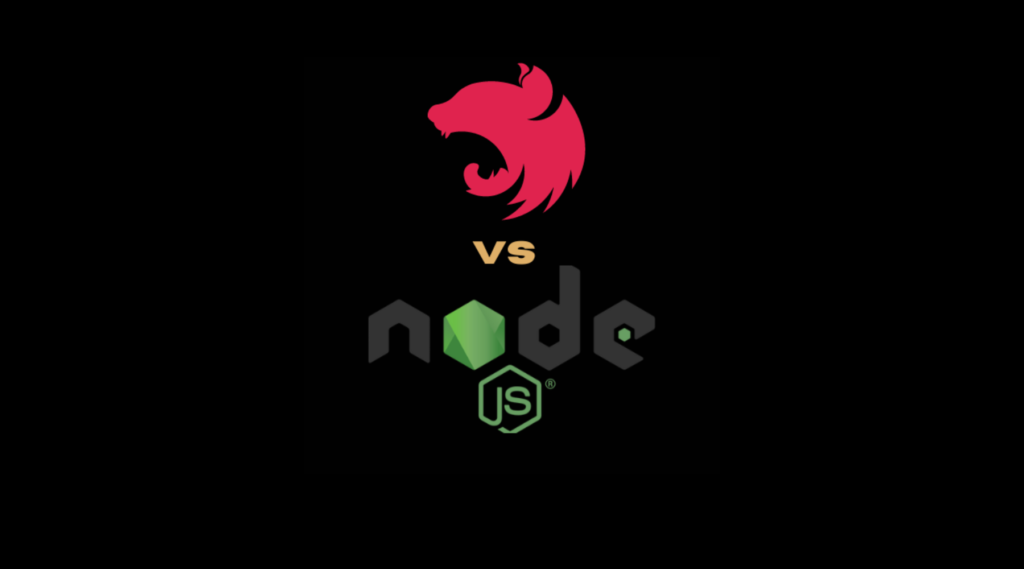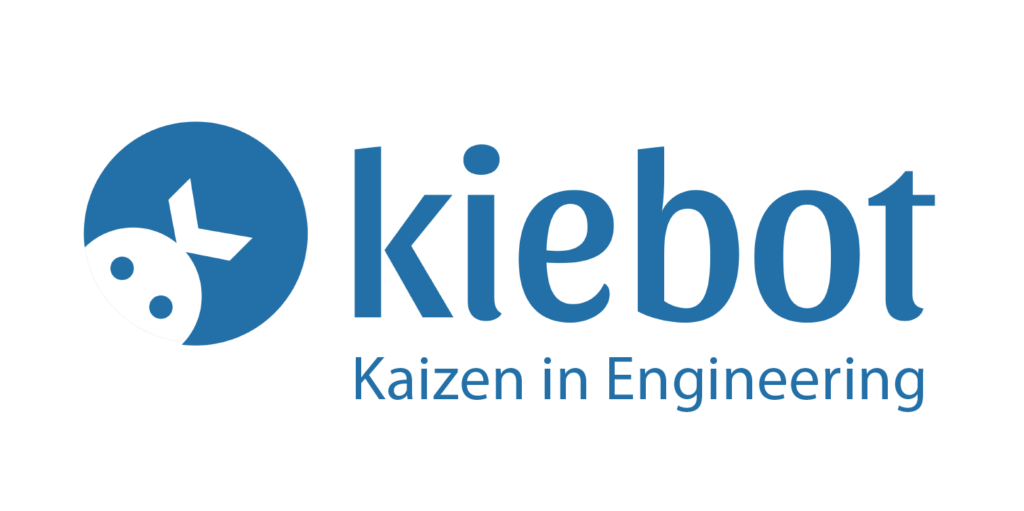NestJS: Elevating Node.js Development to the Next Level
BLOGS
- Posted 1 month ago


Afara (Application Developer)
- 1 month ago
Introduction:
Node.js has revolutionized server-side JavaScript development with its asynchronous, event-driven architecture. However, as applications grow in complexity, developers seek more structure, maintainability, and scalability. This is where NestJS shines.
NestJS builds upon the foundation of Node.js and provides a structured framework that simplifies development, enhances code maintainability, and promotes best practices. In this blog post, we’ll explore why NestJS is more than just Node.js, and how it elevates the development experience to the next level.
Core Highlights:
- Architecture and Organization
- TypeScript Integration
- Dependency Injection and Inversion of Control (IoC)
- Decorators and Metadata
- Built-in Support for Features
- Scalability and Maintainability
- Community and Ecosystem
1. Architecture and Organization :
- Node.js allows flexibility in project structure, which can lead to inconsistency and confusion in larger projects. NestJS, on the other hand, introduces a modular and organized architecture inspired by Angular. It promotes the separation of concerns, making code easier to understand, maintain, and scale.


2. TypeScript Integration :
- While Node.js supports JavaScript, NestJS takes advantage of TypeScript, a superset of JavaScript that adds static typing and other advanced features. TypeScript brings benefits such as improved code quality, better IDE support, and enhanced developer productivity by catching errors at compile-time rather than runtime.


3. Dependency Injection and Inversion of Control (IoC) :
- NestJS embraces the principles of dependency injection and inversion of control, enabling loose coupling between components and promoting testability and reusability. With NestJS, dependencies are injected into components at runtime, allowing for easier mocking and testing of components in isolation.


4. Decorators and Metadata :
- Decorators and metadata, borrowed from TypeScript, play a crucial role in defining routes, middleware, providers, and other aspects of NestJS applications. Decorators provide a declarative and intuitive way to configure application features, reducing boilerplate code and making codebase more readable and maintainable.


5. Built-in Support for Features :
- NestJS comes with built-in support for essential features such as HTTP server, middleware, routing, validation, authentication, and more. This reduces the need for external dependencies and simplifies the development process, allowing developers to focus on building application logic rather than reinventing the wheel.


- We use only the built-in modules provided by NestJS.
- @Controller() and @Get(), @Post() decorators are used to define routes and HTTP methods directly within the controller class.
- @Body() decorator is used for request body parsing.
- NestJS handles dependency injection and module initialization internally, removing the need for additional external modules.
6. Scalability and Maintainability :
- By promoting modularity, TypeScript support, dependency injection, and other best practices, NestJS enables developers to build scalable and maintainable applications with ease. The structured architecture and built-in features facilitate code organization, refactoring, and collaboration, even as applications grow in complexity.
7. Community and Ecosystem :
- NestJS benefits from a vibrant and active community, with a growing ecosystem of plugins, libraries, and tools. The community contributes to the ongoing development and improvement of NestJS, providing support, resources, and contributions to help developers succeed with the framework.
Conclusion:
NestJS represents a significant evolution in Node.js development, offering a structured and opinionated framework that combines the power of Node.js with the benefits of TypeScript, dependency injection, and architectural best practices.
With NestJS, developers can build scalable, maintainable, and feature-rich applications more efficiently than ever before. So, if you’re looking to take your Node.js development to the next level, consider embracing NestJS and experience the difference it can make in your projects.




